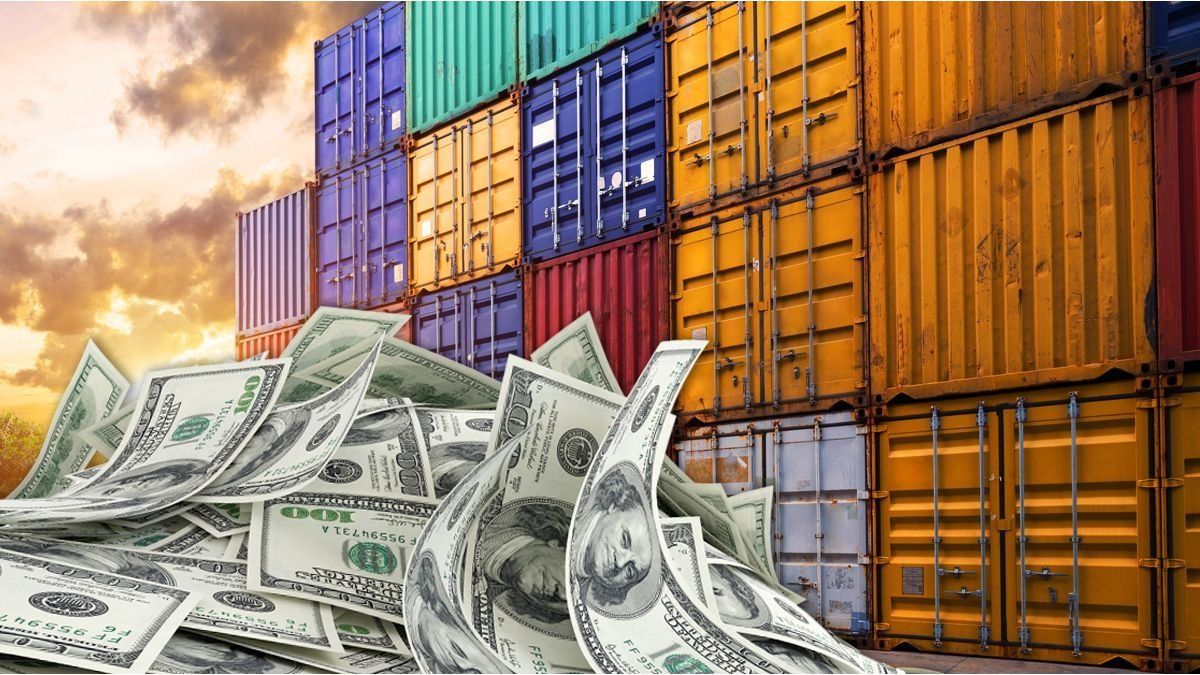The Government published in the early hours of this Monday the decree that formalizes the reduction of the PAIS tax rate from 17.5% to 7.5% on the use of dollars for the Payment of imports and freight from abroadso that tribute will return to the level it had before the change of command last December.
The economic team expects the measure to have an impact on prices and revenue. The market is weighing up the chances of a greater demand for foreign currency for imports.
The Executive Branch published this midnight in the Official Gazette the Decree 777/202 which marks the reduction in the PAIS tax rate, thus fulfilling the promise he had made during the discussion of the Basic Law, when he anticipated that he would activate this reduction if Congress approved this norm. Two months later, this measure will become effective and will impact decisive variables for the economy.
“They are reduced to SEVEN POINT FIVE PERCENT (7.5%) the rates set out in sections d) and e), both of the first paragraph of article 13 bis of Title III of Decree No. 99 of December 27, 2019 and its amendments,” stated the measure that was made official this Monday.
Among the considerations, the Executive Branch pointed out that “within the framework of the measures adopted with the objective of contributing to the price stabilizationit is necessary to reduce the COUNTRY Tax rate for purchases of foreign currency notes and foreign currency made by residents in the country for the payment of obligations for the import of certain goods and for the acquisition of freight services and other transportation services for foreign trade operations.”
The reduction of the PAIS tax begins: which products does the Government expect to see a price drop?
With the reduction of the PAIS tax, the Government expects that from September the prices of products with imported components will begin to fall. The PAIS tax for imports drops from 17.5% to 7.5%, the same level it had when Javier Milei’s government began. This will mean lower costs for importing inputs for companies.
“I think that in September we will see a drop in prices,” said Minister Caputo. The tax burden of the PAIS tax on the final sale price with VAT can be 2%, 4% and 6% for certain national goods that use imported inputs, depending on the cost structure.
If the incidence is 2%, the reduction in the tax would imply a price drop of 1.14%.
That is, a product that costs $1,000 could be worth $11.4 less. If the weight on the price paid by the consumer is 6%, the decrease would be 3.4% or $34.
In the case of the agribusiness, The president of the Chamber of the Oil Industry and the Center of Cereal Exporters (Ciara-CEC), Gustavo Idígoras, stressed that the reduction in the tax is “great news, since Argentina imports fertilizers and it is a critical input to achieve grain yields that are then exported.”
He also stressed that “this would have favourable effects for soybean and corn producers who must make planting decisions between September and October, especially in a context of very tight planting margins due to the sharp fall in international prices and the rise in diesel prices at the beginning of the year.”
From the Rosario Stock Exchange (BCR) considered that it would have an indirect positive impact on the import of agricultural machinery auto parts.
As for the automotive industry, they said that the measure will reduce costs, which should also have an impact on export prices and, therefore, competitiveness. 25% of the value of foreign sales are taxes in the automotive sector.
For appliance manufacturers, the tax cut will make imported inputs cheaper, but the impact on prices will not be significant because it is a small percentage of the total cost.
Other industry sources said the tax cut will impact on thethe price of some mid-range cell phones. The values are expected to fall by between 6 and 10%. The decrease is expected to be greater from November onwards due to the arrival of imported smartphones.
Source: Ambito
I am an author and journalist who has worked in the entertainment industry for over a decade. I currently work as a news editor at a major news website, and my focus is on covering the latest trends in entertainment. I also write occasional pieces for other outlets, and have authored two books about the entertainment industry.




